Although often referred to as "the roaring ’20s", the truth is that by 1920 England's industrial sector was feeling the pressure.
Unemployment following the end of the First World War was high, with a reluctance to switch from staple industries like cotton, wool and steel to the new money to be found in emerging industries like car manufacturing.
Slowly, however, new factories and technologies meant that Britain was able to join other nations like France and Germany in building cars and commercial vehicles. From 1922 onwards, England was a big player in global car making and, by 1938, was the largest producer of cars in Europe. Take a look through the gallery above to see rare aerial pictures of England's historic motoring landmarks.
Daimler, the Motor Mills, Coventry - 1920
Daimler's Coventry plant was the first factory in England to make cars commercially. Damiler bought the ground floor of the original mill in 1896, with the Horseless Carriage Co on the second floor and a tyre company on the third. The site was renamed as the Motor Mills, and expanded as business took off nationally. Much of the site has been destroyed due to bombing and redevelopment, but some original buildings, including one of the many office blocks, remain.
Napier, Acton, West London - 1921
In its heydey, Napier was one of the best-known British car manufacturers. Founded in 1808 in Soho, the company made its first car in 1900. While Napier acquired quite a reputation in motorsport circles, it was best known for its luxury models. Following the company's move to end vehicle manufacturing in 1924, it became best known for making aero engines in the First World War.
Fairfield Road tram depot, Bow - 1921
Under increasing pressure to find new ways of moving the population, London County Council built a large tram depot in 1908. By 1939, with more people using trolleybuses instead of the ageing tram network, the site was reconstructed, housing 100 vehicles. In 1959 it was redeveloped again to cater for the growing number of buses. It's still used as a bus garage today.
Aster factory and Fiat works, Wembley - 1927
Aster only produced cars for a brief period in the 1920s, with its Wembley factory opening in 1907. The company built car and engines to designs supplied by the French Aster company, but in 1922 made its first British-designed car. The vehicles produced were of high quality, but because of its small-scale production Aster was unable to compete with larger manufacturers and, by 1931, had made its last car.

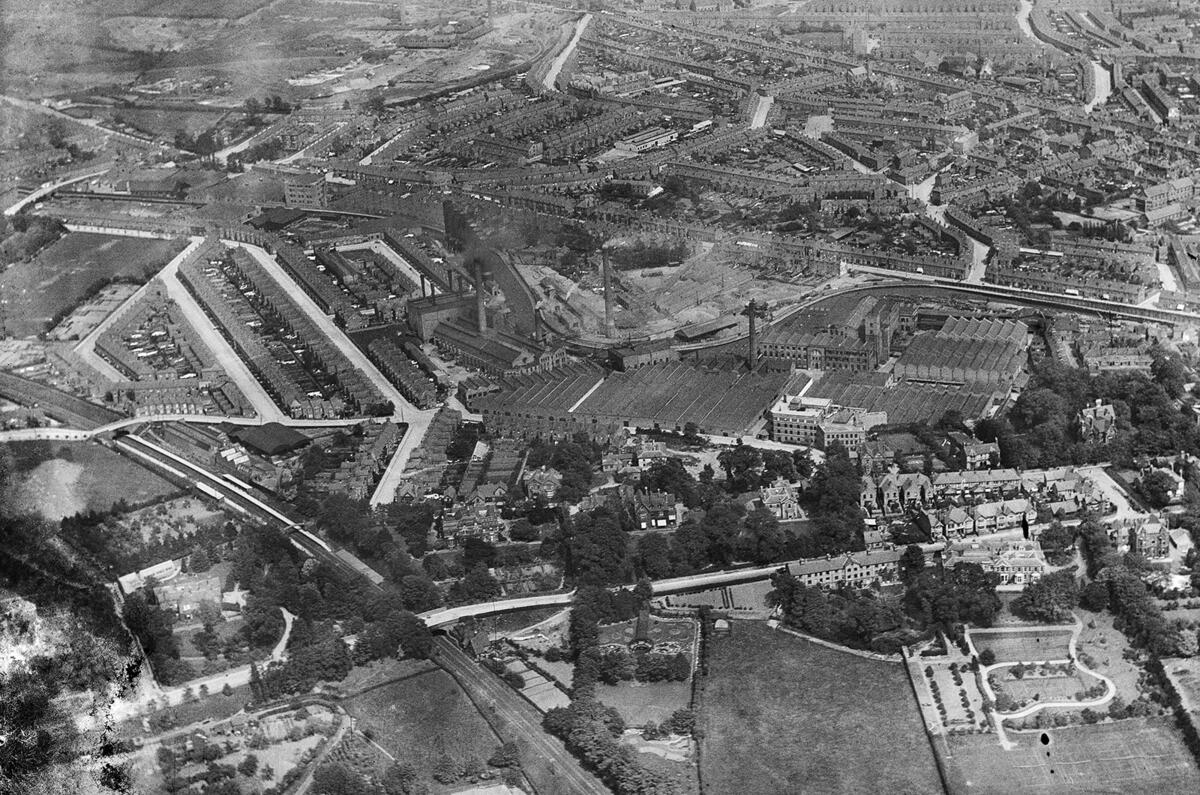
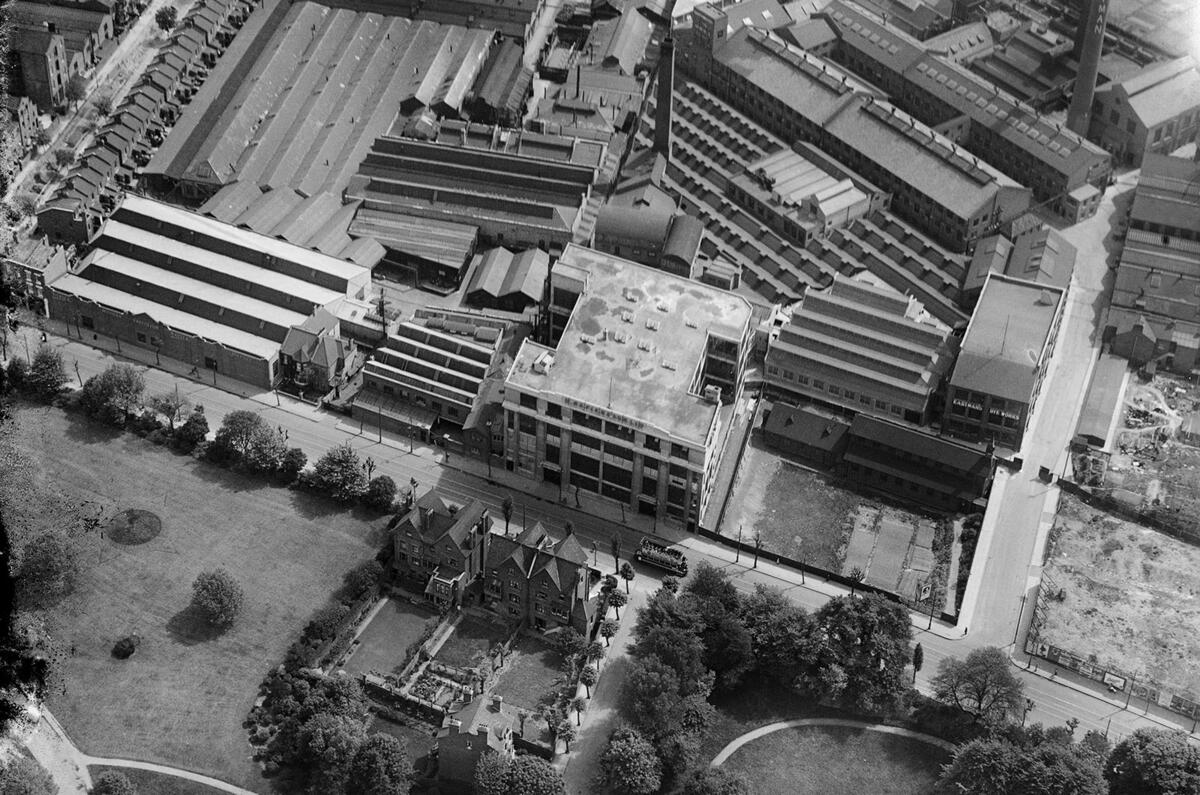
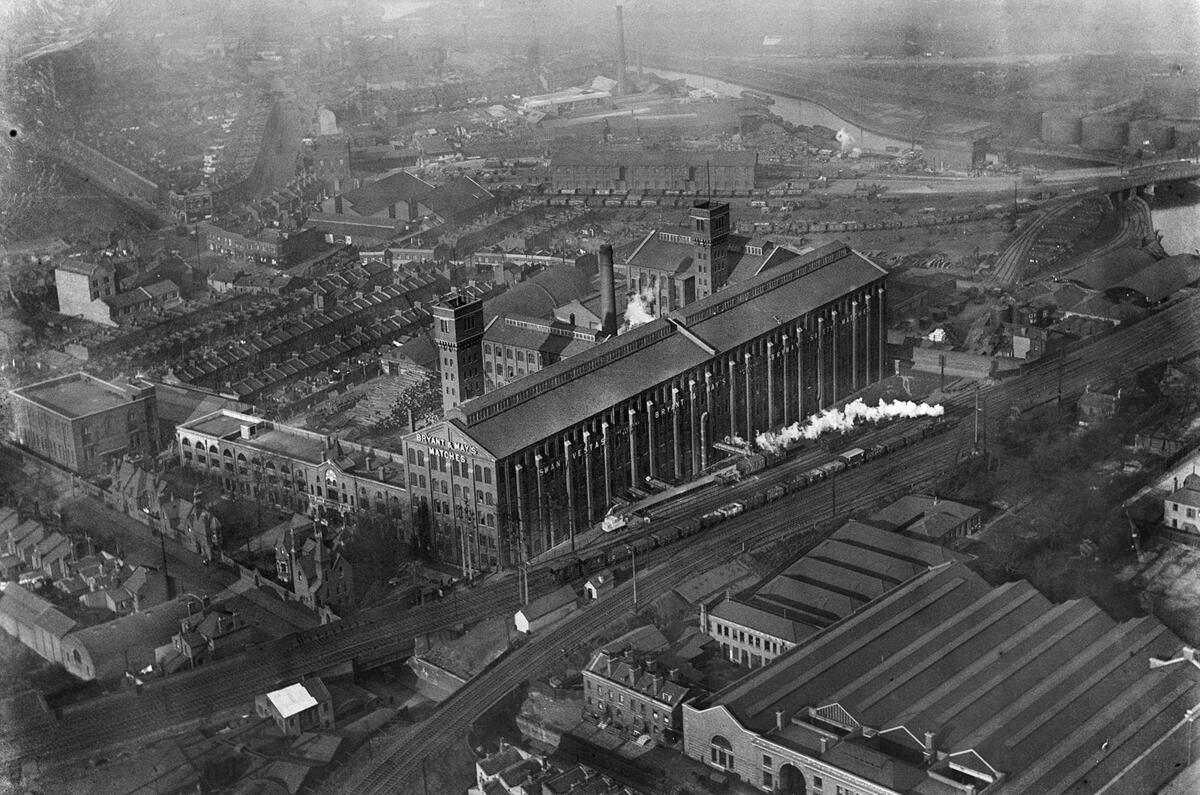
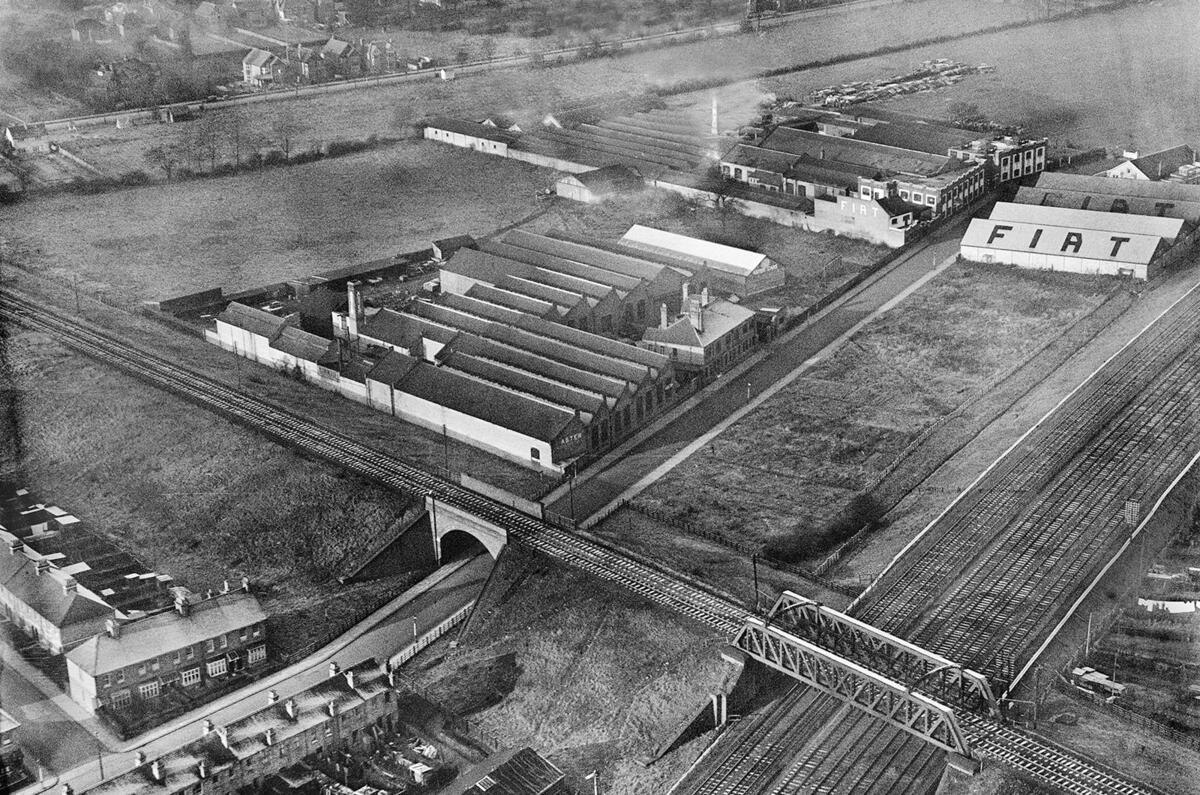

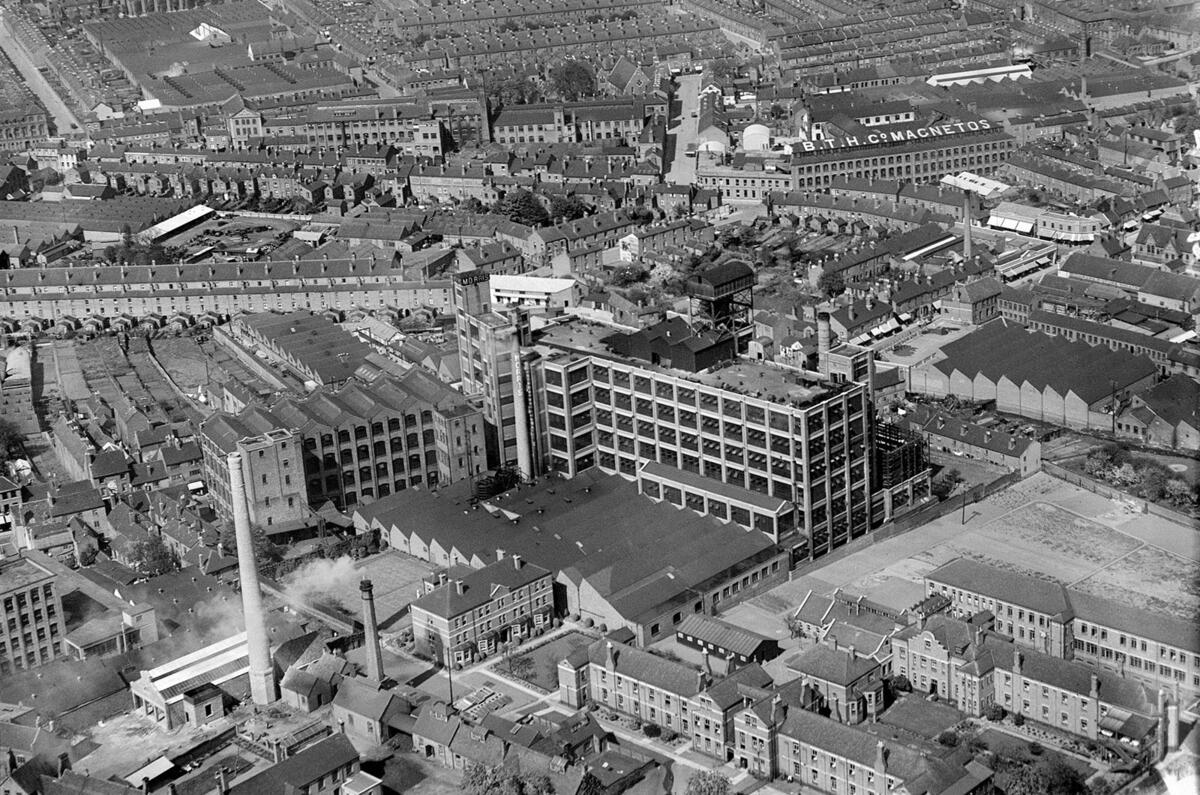
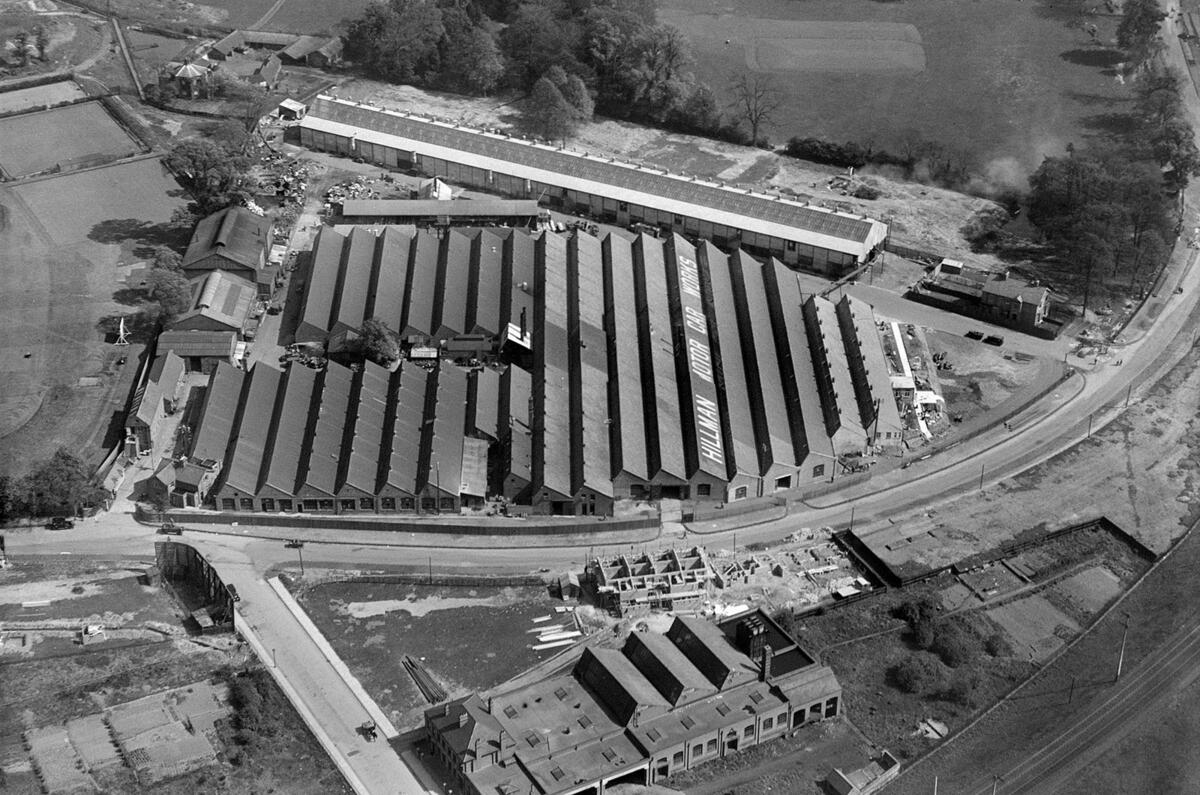
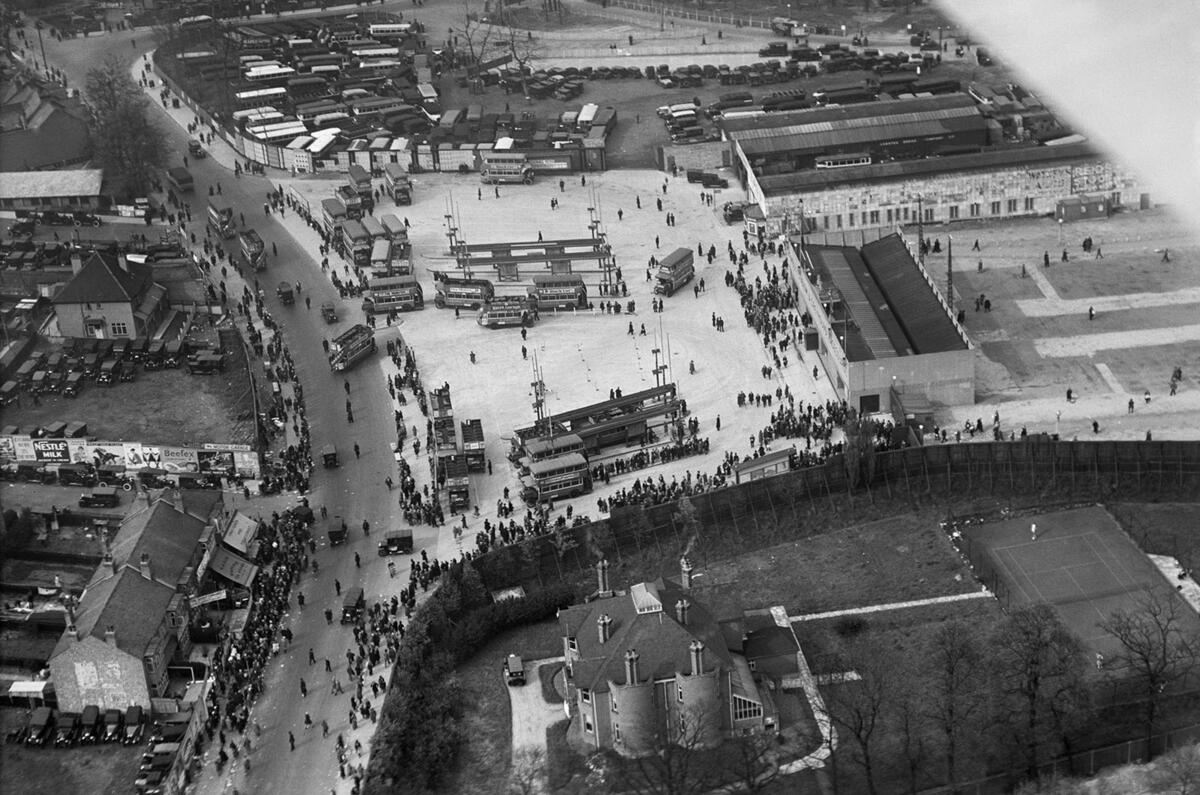
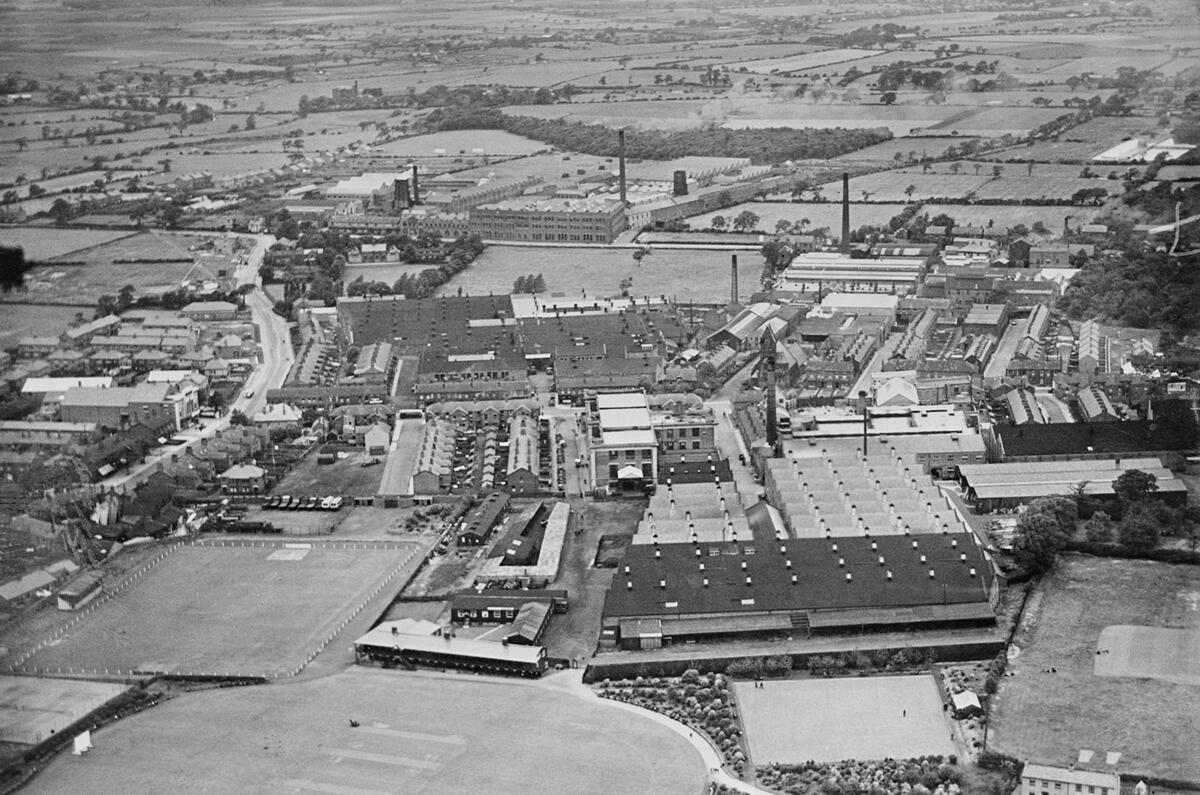
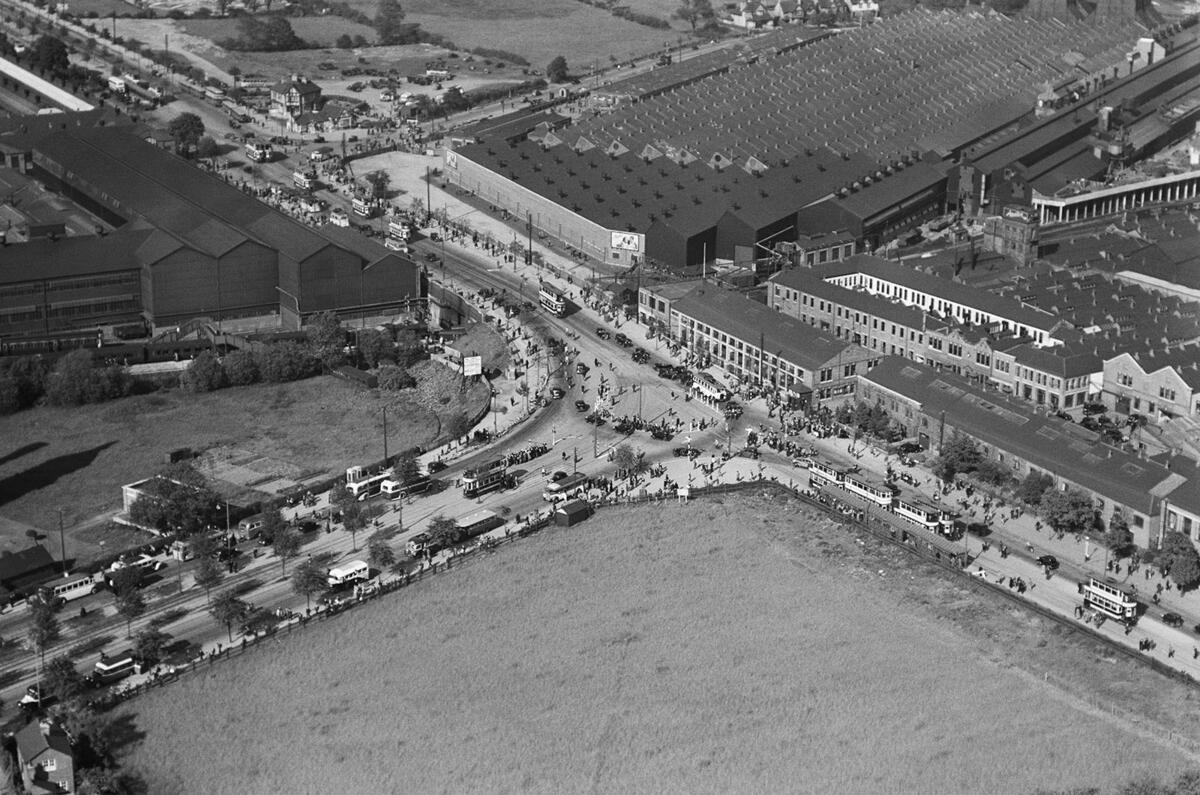
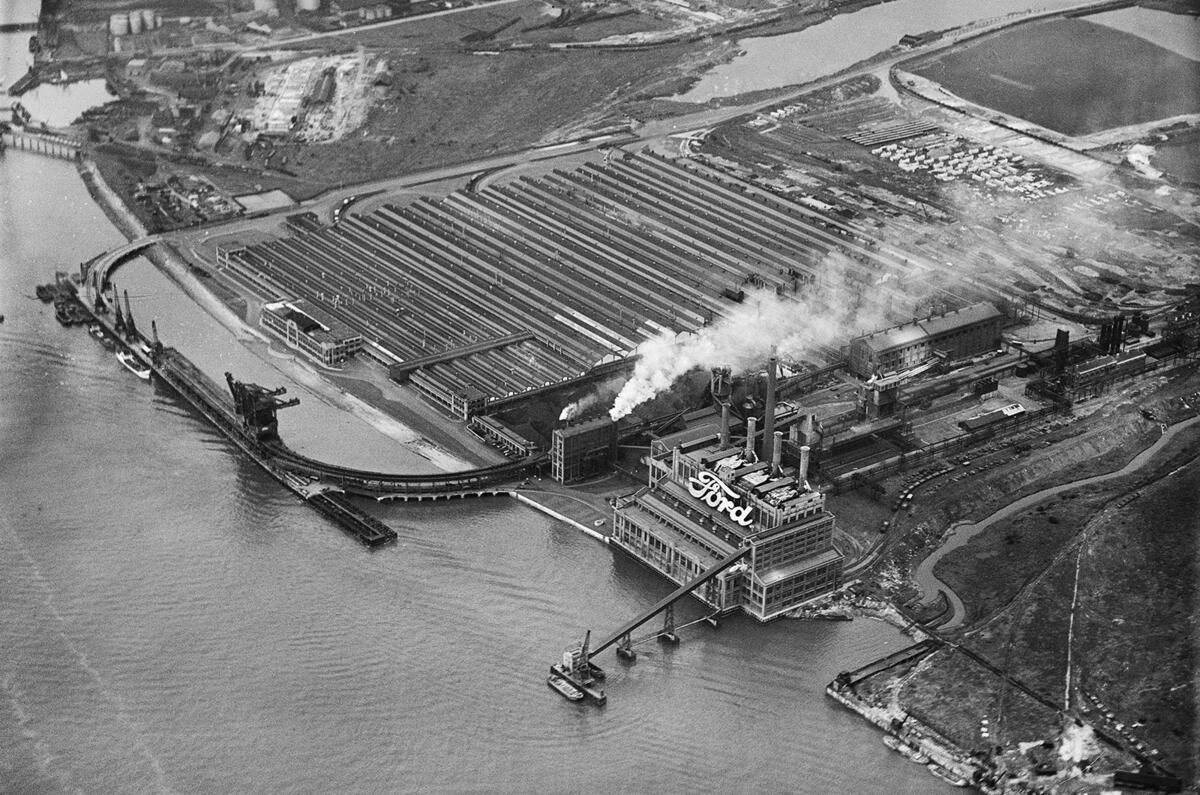
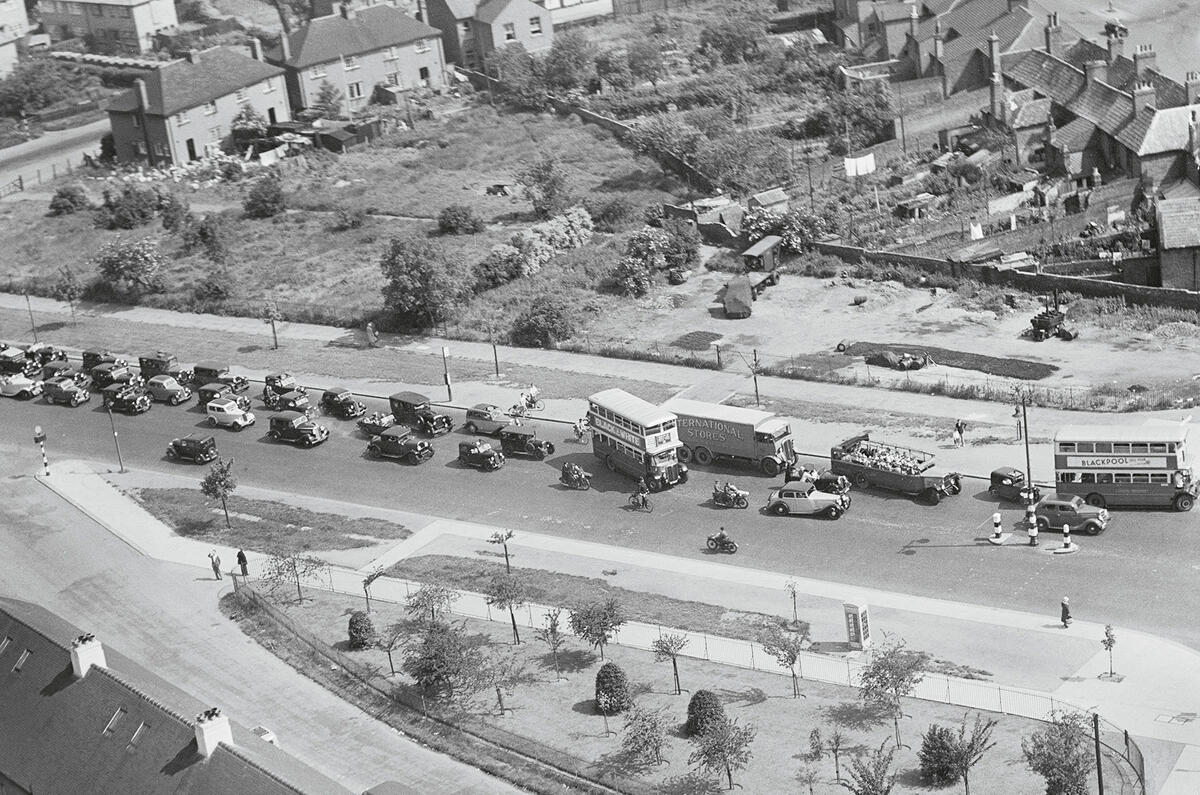
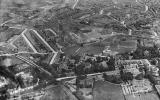
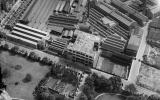
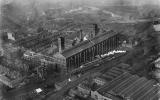
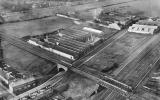
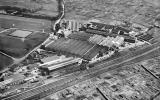
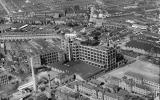
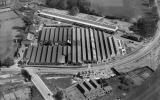
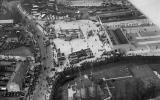
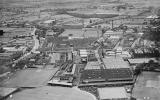
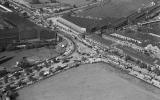
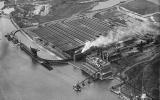
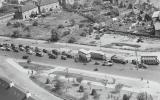


Join the debate
Add your comment
Has Beens
----------------------------
Also interesting to look at
Interesting.